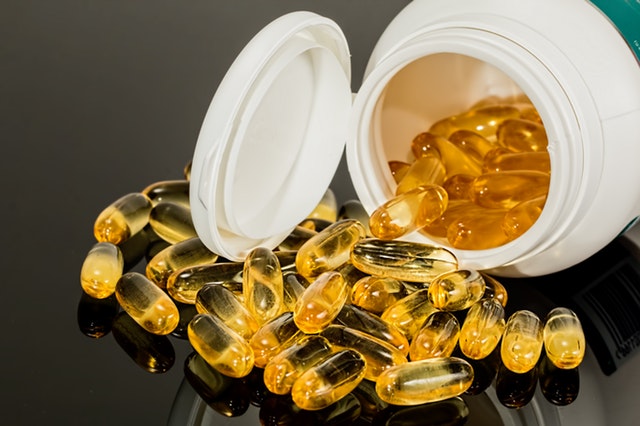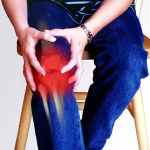Noting that vitamin D deficiency is “very common in all age groups”
New treatment guidelines call for many Americans to take more vitamin D than is currently recommended.

The guidelines, from the Endocrine Society, offer some contradictory advice. They say that virtually everyone in the U.S. should be taking vitamin D supplements, but that only those at risk for vitamin D deficiency should have their vitamin D blood levels checked.
Only those whose serum 25(OH)D blood levels are above 30 ng/mL are getting enough vitamin D.
Lower levels are “insufficient,” and those with levels below 20 ng/mL are frankly deficient.
But much higher levels are better, says guideline committee chairman Michael F. Holick, MD, Ph.D., director of the vitamin D skin and bone research lab at Boston University.
“The committee decided that 30 ng/mL is the minimum level, and recommended 40 to 60 ng/mL for both children and adults,” Holick said at an online news conference.
So who’s at risk of vitamin D deficiency? Quite a few of us:
- Children of all ages.
- Pregnant and nursing women.
- Obese people.
- Darker-skinned Americans, particularly those of African or Hispanic descent.
- Anyone with malabsorption syndromes, such as cystic fibrosis, Crohn’s disease, or inflammatory bowel disease.
- Whoever who has had bariatric surgery.
- Individuals with osteoporosis, osteomalacia, or an elderly person who’s had a fall or fracture.
- People with chronic kidney disease.
- Whoever has issues with liver failure.
- People taking antiseizure medications, glucocorticoids, AIDS drugs, or antifungal drugs.
- People with granuloma-forming disorders such as tuberculosis and sarcoidosis.
And even more of us are at risk of vitamin D insufficiency, as studies find that it’s relatively common for people to have vitamin D levels below 30 ng/mL
Few foods carry much vitamin D other than salmon and mackerel. Milk and some orange juice are fortified with small doses.
“So if you drank five or six glasses of fortified orange juice and ate salmon every day, you would get all you need,” Holick said.
The body makes its own vitamin D if the skin is exposed to direct sunlight. But too much time in the direct sun raises the risk of skin cancer and using sunscreen cuts skin vitamin D production by 95%.


